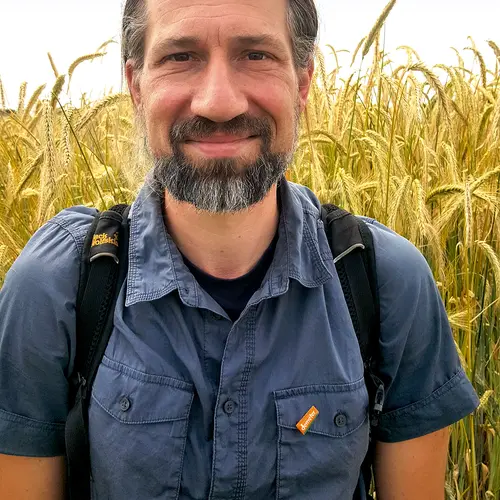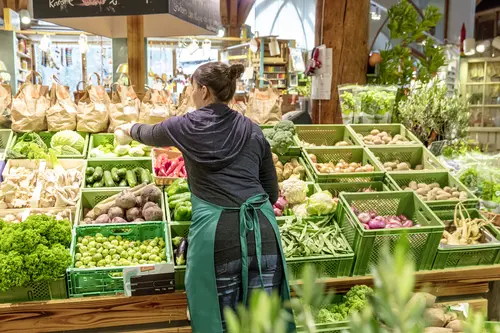Biologisch-dynamische Forschung
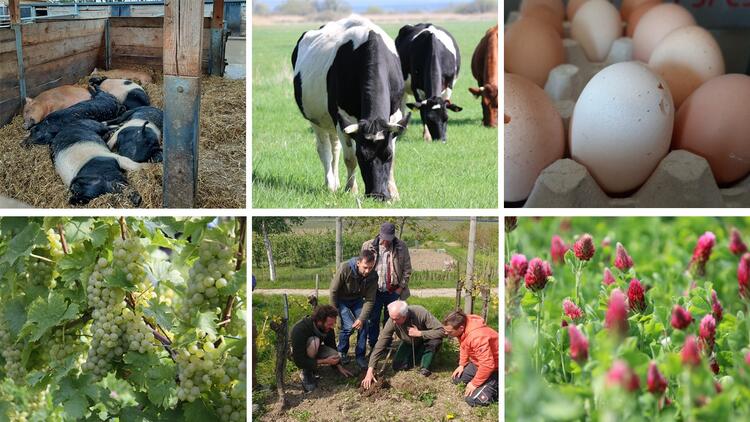
Forschung für die Praxis.
Forschung gehörte zur biodynamischen Landwirtschaft von Anfang an dazu. Hier finden Sie eine Standortbestimmung in Sachen Wissenschaft, die darlegt, welche Prinzipien für Forschungsvorhaben des Demeter e.V. eine Rolle spielen.
Das Team der gemeinsamen Forschungskoordination von Demeter e.V. und Forschungsring e.V. sind die Ansprechpartner*innen für die Mitglieder und Organe des Demeter-Verbandes in allen Forschungsfragen und organisieren Projekte, um die Grundlage für Entwicklungsentscheidungen zu erweitern und zu einem besseren Verständnis der biodynamischen Wirtschaftsweise beizutragen.
Unsere Arbeitsweise ist, soweit möglich, partizipativ und dient dem Ziel, Forschungsvorhaben gemeinsam mit allen Beteiligten zu entwickeln und durchzuführen. Eine wichtige Grundlage unserer Arbeit ist daher die Vernetzung innerhalb der biodynamischen Gemeinschaft, mit anderen Akteuren der Ökolandbau-Bewegung und wissenschaftlichen Instituten.
Zum Team gehören Christopher Brock (Forschungskoordinator), Anne Droscha und Corinna Nieland (Forschungsreferentinnen im Demeter e.V.), sowie Tabea Meischner und Lucas Knebl (wissenschaftliche:r Mitarbeiter:in am Forschungsring). An der Durchführung der von uns organisierten Projekte sind zahlreiche weitere Personen beteiligt.
Gemeinsam mit unseren Partnern Bioland und Naturland bringen wir darüber hinaus die Verbände im Verbund Ökologische Praxisforschung (VÖP) als aktive Partner in die Ökolandbauforschung in Deutschland und Europa ein.
Aktuelle Projekte im Überblick
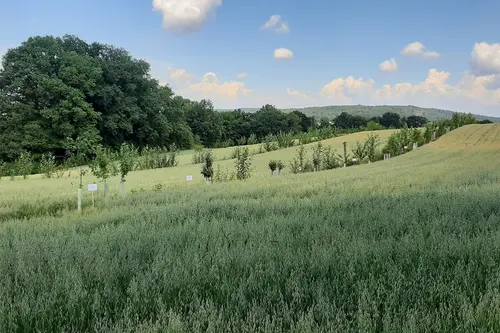 ©
©
Sense - Synergieeffekte in integrierten Systemen
Verbesserung der Ressourcennutzungseffizienz bei gleichzeitiger Verringerung der Treibhausgasemissionen durch fundierte Entscheidungen für Zirkularität
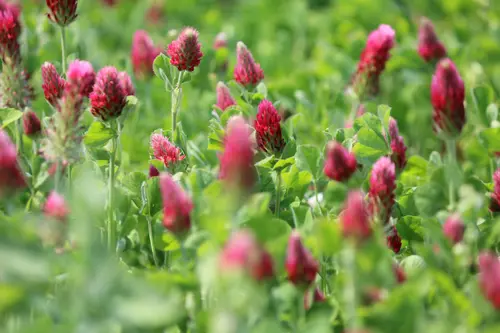 ©
©
Kleinkörnige Leguminosen fördern
Modellhaftes Demonstrationsnetzwerk zur Ausweitung und Verbesserung des Anbaus und der Verwertung von kleinkörnigen Leguminosen in Deutschland
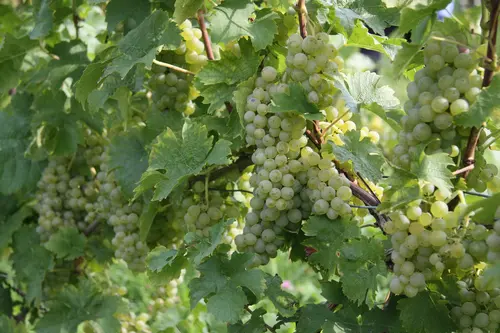 ©
©
Gesunde Öko-Reben
VITIFIT - Gesunde Reben im Ökoweinbau
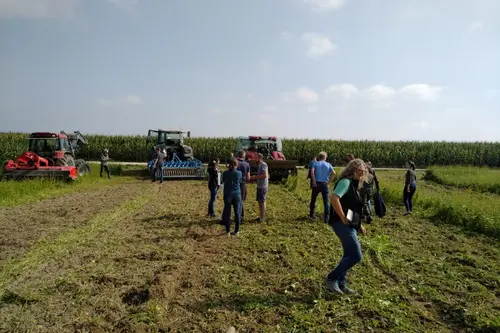 ©
©
Nährstoffe im Acker- & Gemüsebau
Kompetenz- und Praxisforschungsnetzwerk zur Weiterentwicklung des Nährstoffmanagements im ökologischen Landbau (NutriNet)
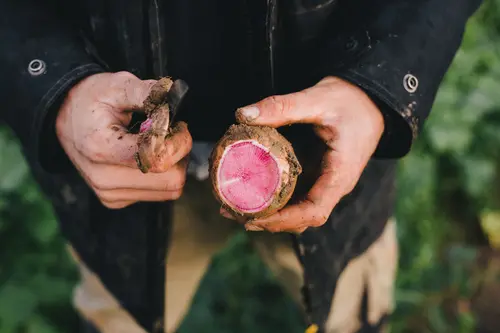 ©
©
Wertschöpfungsketten für ökologisch gezüchtetes Gemüse fördern
Aufbau und Weiterentwicklung von ökologischen Wertschöpfungsketten (ÖkoSoWe)
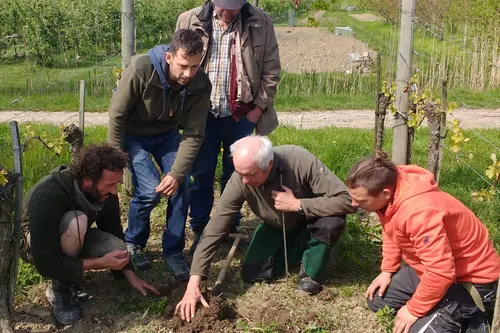 ©
©
Entwicklungsorientiertes Anerkennungsverfahren Zerti 4.0
Zerti 4.0 prüft die Anwendbarkeit eines entwicklungsorientierten Anerkennungsverfahrens für Erzeuger & Verarbeiter nach verbindlichen Standards in der Land- und Lebensmittelwirtschaft.
ABGESCHLOSSENE PROJEKTE UND PROJEKTERGEBNISSE
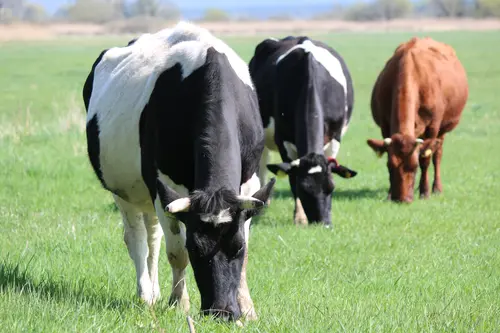 ©
©
Weide fit machen für Milchkühe & Jungtiere
Innovative und nachhaltige weidebasierte Haltungssysteme für Milchkühe und Jungtiere (GrazyDaiSy)
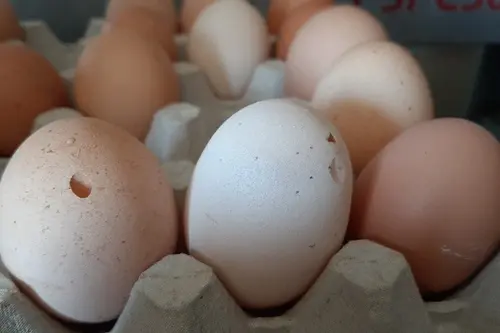 ©
©
Bio-Knickeier verwerten
Wie viele Schmutz- und Knickeier sowie Eier der Gewichtsklasse S aus ökologischen und konventionellen Betrieben gibt es in Deutschland und was passiert mit ihnen? Diese Fragen bearbeitet das Projekt Inwertsetzung Bio-Ei.
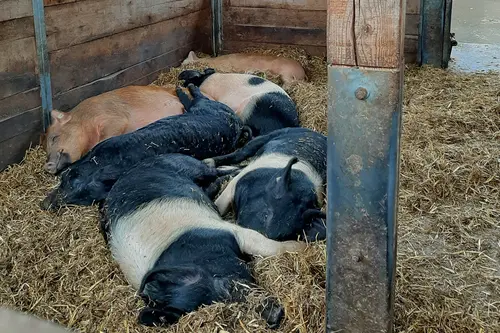 ©
©
Europaweites Praktiker-Netzwerk
Im NEFERTITI Projekt werden zehn Netzwerke aus Demo- und Pilotbetrieben in 17 europäischen Ländern aufgebaut . Es gibt je drei Netzwerke zu Tierproduktion, Acker- und Gartenbau und ein Netzwerk für Junglandwirte.
